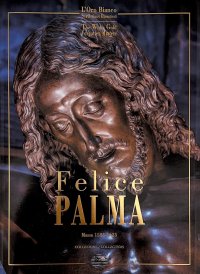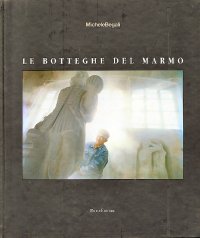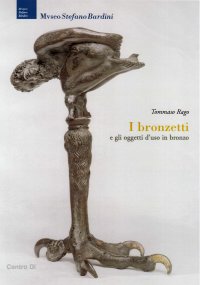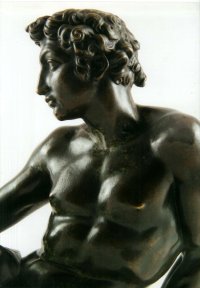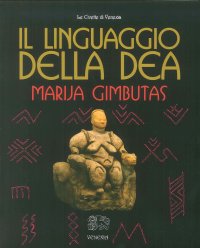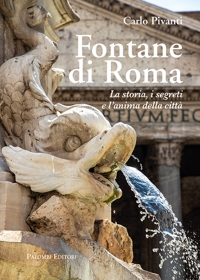Felice Palma. Massa 1583-1625. Collezione / Collection.
Texts by Andrei Cristina, Ciarlo Nicola, Federici Fabrizio, Claudio Casini and Sara Ragni.
Italian and English Text.
Pontedera, 2024; bound in a case, pp. 289, b/w and col. ill., b/w and col. plates, cm 24,5x34.
(L'Oro Bianco. Straordinari Dimenticati. The White Gold Forgotten Masters).
cover price: € 160.00
|
Books included in the offer:
Felice Palma. Massa 1583-1625. Collezione / Collection.
Texts by Andrei Cristina, Ciarlo Nicola, Federici Fabrizio, Claudio Casini and Sara Ragni.
Italian and English Text.
Pontedera, 2024; bound in a case, pp. 289, b/w and col. ill., b/w and col. plates, cm 24,5x34.
(L'Oro Bianco. Straordinari Dimenticati. The White Gold Forgotten Masters).
FREE (cover price: € 160.00)
Le botteghe del marmo
Italian and English Text.
Ospedaletto, 1992; bound, pp. 153, 10 b/w ill., 60 col. ill., cm 24x29.
(Immagine).
FREE (cover price: € 34.49)
Museo Stefano Bardini. I Bronzetti e gli Oggetti d'Uso in Bronzo
Edited by Nesi A.
Firenze, 2009; paperback, pp. 191, 102 b/w ill., 7 col. ill., cm 17x24,5.
(Museo Stefano Bardini).
FREE (cover price: € 30.00)
Bronzetti e Rilievi dal XV al XVIII Secolo
Bologna, 2015; 2 vols., bound in a case, pp. 729, ill., col. plates, cm 21,5x30,5.
FREE (cover price: € 90.00)
Verstorbenendarstellungen Auf Frühchristlichen Sarkophagen
Studer-Karlen M.
Brepols Publishers
German Text.
Turnhout, 2012; paperback, pp. 264, b/w ill., cm 24x28.
ISBN: 2-503-54274-3 - EAN13: 9782503542744
Subject: Essays on Ancient Times,Sculpture
Period: 0-1000 (0-XI) Ancient World
Languages: 
Weight: 0.98 kg
These representations of the deceased on the Christian sarcophagi can be divided into two groups: the first imported from pagan tradition and partly reinterpreted; the second group is made up of new images create by an innovative higher class. Like the majority of researchers, I believe that the majority of sarcophagi, apart for the more simple ones or of less quality, were carried out on order.
An important result of this study is the following observation: the images of the deceased are more often reproduced on the Christian sarcophagi than on the pagan ones. The first cause of this phenomenon was the dissatisfaction relative to the resulting biblical topic images illustrated on the sarcophagi and the will to establish a closer link with this set of themes. The proximity of the deceased with the protagonists of a scene, and by this skew the coherence of the contents, is an essential concern in these representations. The influence of this concern on the iconographic choice made by the client is more perceptible on Christian tombs than on pagan ones. This phenomenon is expressed through the creation of a new iconography, which is explained by the desire of the close relations of the deceased or the client placing the order to represent the deceased in a context expressing the firm belief in a life after death. Accordingly, the visibility or the invisibility of these images is not important. If the representations were visible, they were used to give comfort. If not, we know that they were at least visible at the time of the funeral.
Mauro Mancini € 30.40
€ 32.00 -5 %






